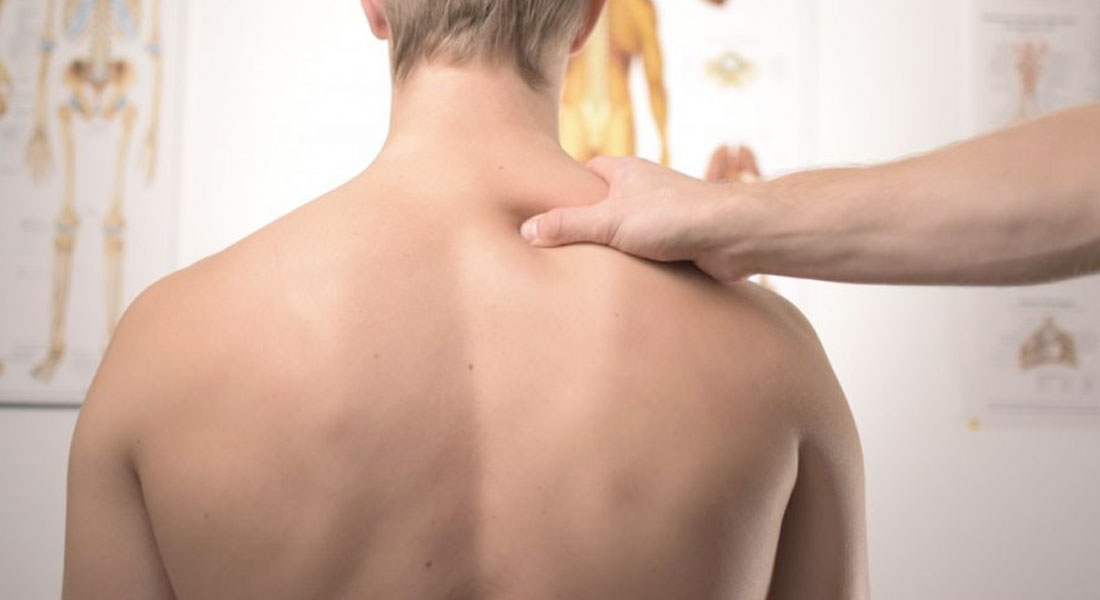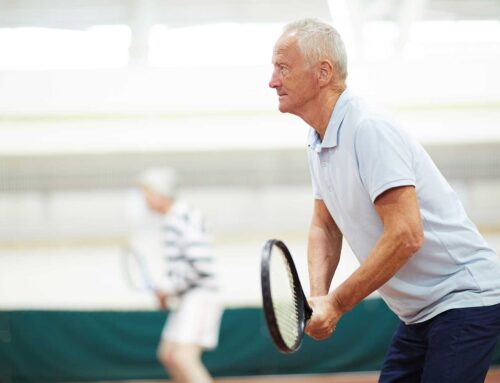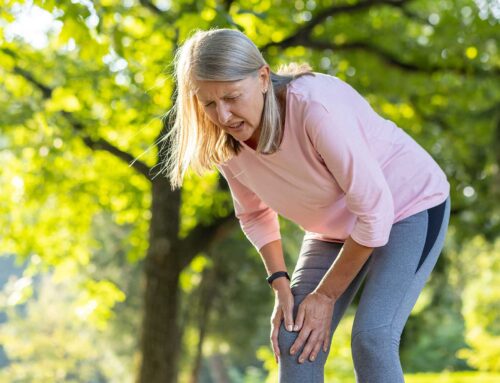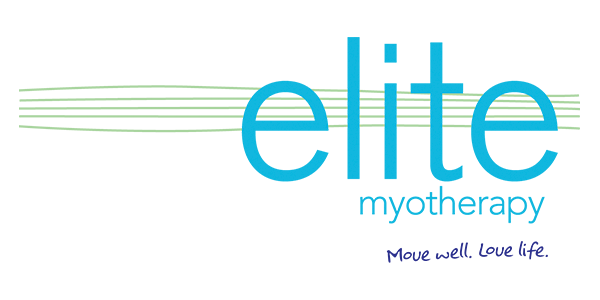My client is a 30 year old women who works as a university co-ordinator. When she wasn’t working she enjoyed keeping fit and trained with an Exercise Physiologist at a nearby gym with the aim of becoming healthier and stronger.
She attended the clinic after waking up with pain and stiffness on the right side of her neck 5 days prior. Originally the symptoms were mild but she found her symptoms getting worse despite her efforts to stretch and use the spiky ball on a regular basis. Her knowledge on stretching and using the spiky ball were obtained from ‘YouTube’ videos on demonstrating how to recover from neck injuries. This is the first time the client has experienced this neck pain.
Since the initial onset of pain she had been diligently using the spiky ball and stretching as this provided relief from the stiffness. She soon found herself repeating the process every 10-20minutes this confused her as to why, despite her best efforts her stiffness and pain comes back after 20minutes and gradually getting worse.The client had noticed activities such as looking at the blind spot when driving, tilting her neck back to wash her hair and prolonged hours at work aggravate her pain. Though she found heat packs, stretching, using the spiky ball and anti-inflammatories helped to reduce the pain temporarily.
When assessing her neck I noticed she moved slowly, had very limited range in all directions and grimaced in pain when looking up towards the ceiling. Her neck was deviated slightly to the left when looking straight ahead. After reviewing all the information collected I came to the conclusion my client had cervical facet joint strain and the muscles in the upper back of the neck were strained as well. Specifically the muscles Upper Trapezius, Splenius Capitus and Posterior Scalenes.
Treatment
The reason this client was not recovering was because she was using the spiky ball and stretching too much! It’s important to realise that when an injury like this occurs, stretching is not what makes the injury recover. Complicated biomechanics aside, healing of joints and tissues in our bodies occurs when the affected area is immobilised in a neutral position so that it receives the least mechanical stress throughout the day. Depending on the structure and body part affected, immobilisation has different strategic implications. For example a moderately injured thigh muscle may require the use of crutches for a period of time as well as avoiding running and jumping activities that would decrease the injuries ability to recover. For a strained chest muscle this could mean avoiding bench press if you’re an avid gym goer and avoiding extremes of shoulder movements throughout the day. Taping is another method we would use to immobilise and support the injured structure.
In the case of the neck, the instruction I gave to my client was to “pretend you are in a neck brace throughout the day”. This method allowed her to maintain her neck in what we call a neutral position which is the neck’s most naturally comfortable position. To reinforce this concept I physically showed her movement strategies she can adopt while showering and driving so that she can maintain her neutral neck positioning during these activities.
I recommended that 80% of the day should be spent in the neutral position. As for the 20%, I encouraged her to continue doing her stretching and using the spiky ball activities, but at a much lighter intensity. It was important for my client to understand that the stretching and spiky ball needs to be done in “healthy doses” so that her joints don’t become too stiff throughout the day. I’ve sent these instructions to her using our latest Physio-Tools program for further clarity and she was feeling improvements when I reviewed her 3 days after.
Conclusive thoughts
It’s very easy to overlook and think pain is perhaps caused by a misalignment, biomechanical or muscle imbalances. If we are to understand pain and help clients in the long term, we need to also delve into the client’s lifestyle habits that can exacerbate their pain. This includes recovery strategies, exercise habits, work habits, sleeping habits, dietary habits and psychology.
When you wake up with a stiff neck. Stretching is not what helps you recover. Stretching should only be what I call “sprinkled in” throughout the day. Your head and neck should be in the neutral position (pretending to be in a neck brace) most of the day so that it gets the rest it needs to heal.
I’d like to acknowledge that although the details of this case are unique to my client, it is an extremely common scenario that occurs with many clients. I would even go so far as to say this can occur with acute injuries in other areas of the body.
Case Study Written by Henry Au-Yeung Myotherapist.








